Gartner Converged Infrastructure Magic Quadrant: Who's In, Who Didn't Make The List
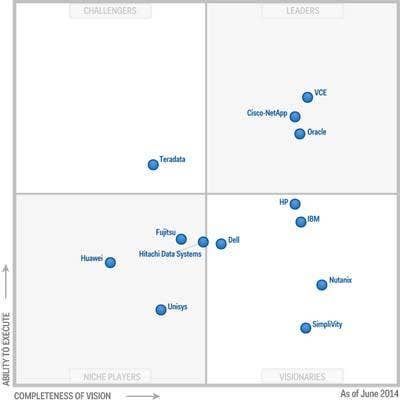
Gartner's Integrated Systems Magic Quadrant: 2 Weeks Old And Aging Fast
Gartner earlier this month released its first Magic Quadrant for Integrated Systems, which is Gartner's term for converged and hyper-converged infrastructure solutions.
However, in the less than two weeks since the report was released, the industry already is seeing a potentially major shift as Dell gets ready to offer a solution featuring its server running the hyper-converged infrastructure software stack from Nutanix, which so far has proven to be a leader in this part of the industry.
The hyper-converged infrastructure market also is seeing a potential acquisition as well as moves by some of the top-tier vendors to enter the space.
Turn the page as CRN goes through the Gartner report and adds insights into what is not there.
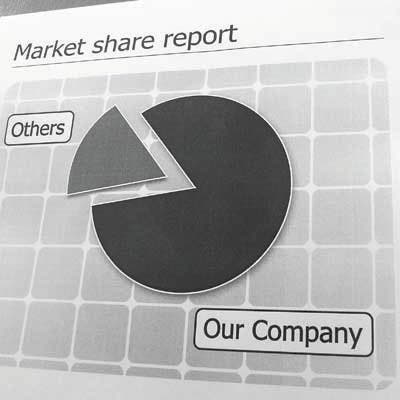
First Time For Everything
Gartner, in its first-ever Magic Quadrant for Integrated Systems report, a copy of which was reviewed by CRN, estimated the market for integrated systems, which includes single-vendor and multi-vendor converged infrastructures and hyper-converged infrastructures, will grow more than 50 percent in 2014 over 2013 to reach $6 billion.
Gartner defines "integrated systems" as "combinations of server, storage and network infrastructure, sold with management software that facilitates the provisioning and management of the combined unit."
That term is more commonly referred to in the industry as "converged infrastructure," which includes solutions that include hardware from two or more vendors as an integrated solution, or "hyper-converged infrastructure," which refers to those solutions that are integrated into a single hardware appliance.
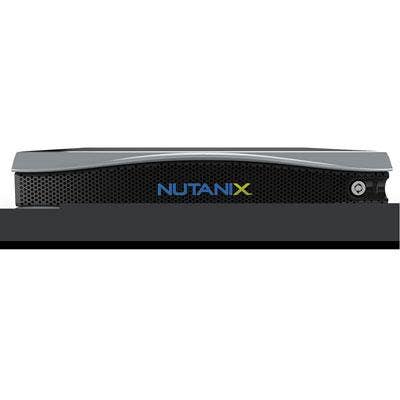
Not In Gartner's List: Dell To OEM Nutanix's Software
Dell surprised the industry with the news that it will integrate Nutanix's hyper-converged infrastructure software stack on Dell servers for sale through its large channel partner base, making Dell potentially one of the top providers in the market.
Dell initially will resell Nutanix-branded appliances, but by year-end plans to offer the XC Series Webscale Converged Appliances, its own branded version using the Nutanix software stack and Dell commodity servers.
The Dell version and the Nutanix version of the hyper-converged infrastructure solution will have the same feature set because they run the same software, with the primary differences being that the Dell versions will come with the Dell brand name, Dell support and Dell PowerEdge servers as the hardware base.
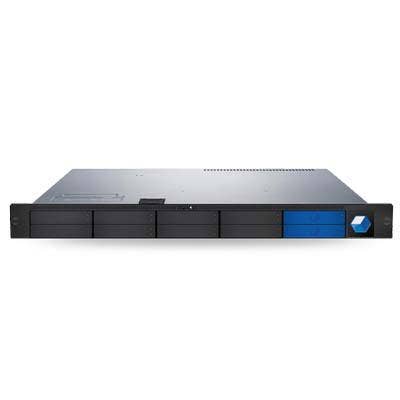
Not In Gartner's List: Startup Nimboxx
Austin, Texas-based Nimboxx just last week exited stealth mode with $12 million in new funding and the release of its first appliance combining storage, server, networking and virtualization technology.
Nimboxx is targeting midmarket customers -- particularly their channel partners -- looking to take advantage of scalable data center technologies with its hardware appliance, a 1U device containing a mix of flash and disk storage, and can generate 180,000 IOPS of performance. It features the Nimboxx Mesh Operating System, the company's software stack that provides server, storage, networking, security and virtualization hypervisor technology when installed on commodity server hardware.
Customers can deploy a single unit, or scale both capacity and performance by clustering multiple nodes.
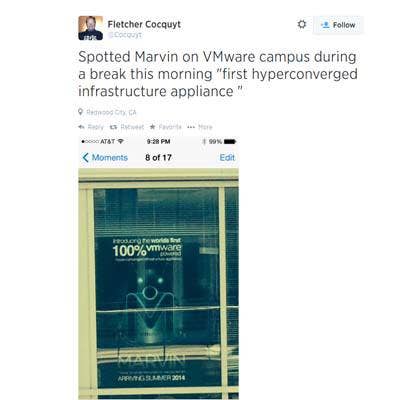
Not In Gartner's List: VMware's Project Marvin
VMware appears ready to launch its new, and now not-so-secret, hyper-converged infrastructure appliance soon, possibly at August's VMworld conference, after a VMware-certified professional and principal engineer at Stanford University this month tweeted a photo of what appears to be a poster announcing VMware's Project Marvin.
The poster, which has since disappeared, appears to be a teaser for a hyper-converged appliance. The text at the top reads, "Introducing the worlds first 100% vmware powered hyper converged infrastructure appliance (sic)."
Marvin is "arriving Summer 2014," according to the poster.
Marvin could actually be Project Mystic, a joint project of VMware and parent company EMC to develop a hyper-converged infrastructure offering.
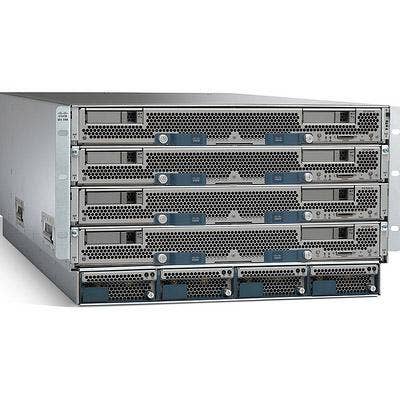
Not In Gartner's List: Cisco mini-UCS
While Cisco's UCS server and its networking technology figure prominently in VCE Vblocks and in the VSPEX, FlexPod and other reference architectures, Cisco has yet to break into the hyper-converged infrastructure market.
That could change with the possible introduction of the Cisco mini-UCS server this summer. While unconfirmed by Cisco, the mini-UCS could easily be combined with Cisco's networking technology and with its Invicta storage technology to produce a new competitor to companies such as Nutanix or SimpliVity.
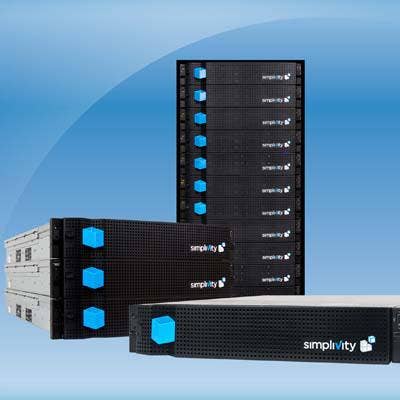
Not In Gartner's List: HP And SimpliVity Combo
CRN in early June reported that Hewlett-Packard may acquire SimpliVity in a deal that would give HP an instant leg up in the hyper-converged infrastructure market. However, SimpliVity later denied that such an acquisition was in the works.
HP's converged infrastructure portfolio includes 3Par storage, HP blade servers, networking gear and OpenView management software. Should the company acquire SimpliVity, HP could move into the fully integrated hyper-converged infrastructure business.
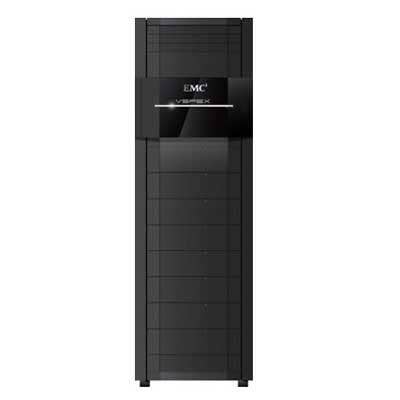
Not In Gartner's List: VSPEX
While the FlexPod reference architecture jointly developed by NetApp and Cisco is included in the Gartner Magic Quadrant, the competing VSPEX reference architecture is not.
Andrew Butler, a vice president and distinguished analyst at Gartner, told CRN via email that Gartner's goal was to select "predictable" hardware solutions that address integrated compute and storage within a single managed, switched fabric.
"We made the decision to exclude reference architectures that offer a variety of supported hardware options, as again it was very difficult to fairly compare predictable integrated systems like a Vblock or PureFlex versus a technology that could run on umpteen different server, storage and/or networking options," Butler wrote.

The Gartner Magic Quadrant for Integrated Systems
Gartner's Magic Quadrant groups IT vendors in one of four quadrants based on how complete their vision for the technology is and on how well they are able to execute on that vision.
The leadership quadrant, which Gartner said features the best combination of vision and ability to execute, includes VCE, a joint venture between EMC, Cisco and VMware; the Cisco and NetApp FlexPod reference architecture; and Oracle, whose "engineered systems" combine hardware with a specific application such as a database.
In the visionary quadrant, which includes companies considered by Gartner to have a good vision of the industry but which have not net executed on those visions as well as the leaders, Gartner includes Hewlett-Packard, IBM, Dell, Nutanix and SimpliVity.
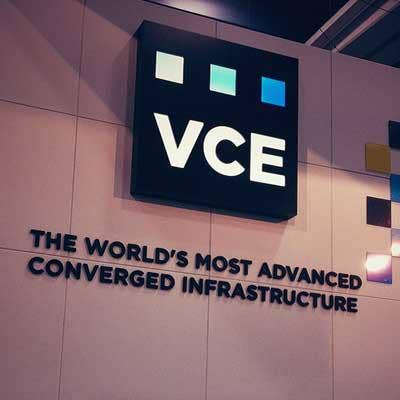
The Leaders According To Gartner: VCE
VCE is at the top of the Magic Quadrant because it has proven itself across major global enterprises in the banking, retail, health care and manufacturing industries, and has a single-source cooperative support model that includes support from all three vendors.
However, Gartner said, VCE faces potential conflicts between its core vendors, as well as competition from the VSPEX and FlexPod reference architectures which are built by those core vendors. Gartner also said VCE's message that the three vendors are working together on converged infrastructure might not play well with customers who prefer a single-vendor solution such as those provided by Oracle, IBM and HP.
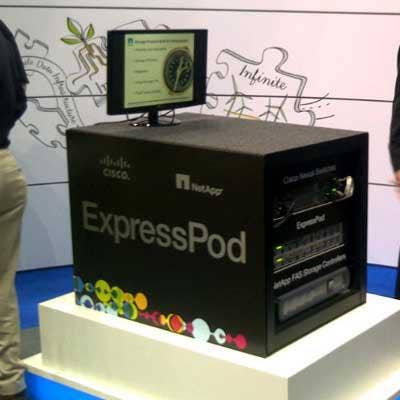
The Leaders According To Gartner: FlexPod
Gartner called the FlexPod alliance of Cisco and NetApp a leader because it is a single architecture that scales from small enterprises to large multitenant clouds using the same architecture and technology platform, and provides a cooperative support program. FlexPod succeeds because of Cisco's and NetApp's established technologies and their large customer bases.
On the negative side, neither vendor takes the lead in sales situations, so users must validate the rules for account management and responsibility, Gartner said. There is also a potential conflict between the two vendors if Cisco enters the storage market with its Invicta technology.
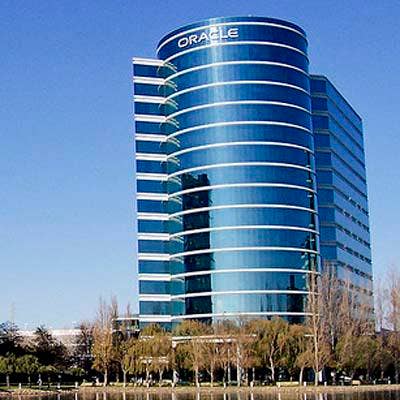
The Leaders According To Gartner: Oracle
Oracle is a leader in the converged infrastructure market because of its strong portfolio of integrated systems, the proven performance of Oracle's software, the close alignment of its software and hardware strategies, and the ability to cross-sell and upsell into its installed base, Gartner said.
However, Gartner said, customer concerns about vendor lock-in and about the perceived high cost of Oracle's solutions could hold Oracle back.
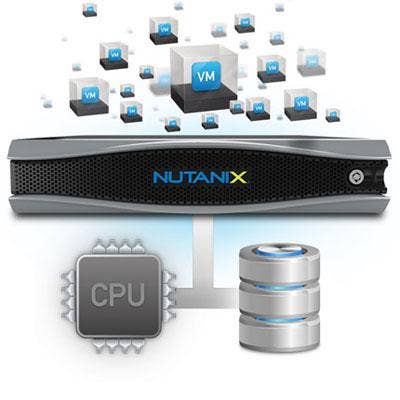
The Visionaries According To Gartner: Nutanix
Gartner considered Nutanix's innovative and scalable architecture to be "generationally advanced" compared to most rivals, and called its highly modular designs and wide range of virtualization, operating system, and software stack certifications reasons for the company to be considered a Visionary.
Nutanix is still relatively new to the market and will have to overcome the tendency of customers to purchase compute and storage as separate items, Gartner said.
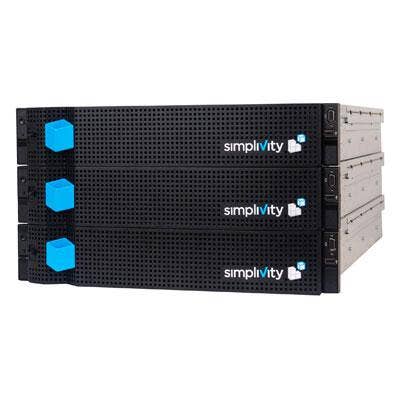
The Visionaries According To Gartner: SimpliVity
SimpliVity is a visionary because of its innovative OmniCube, which includes in-line dedupe and compression for primary storage and features a highly scalable design and strong management tools, according to Gartner.
SimpliVity for now, however, is still dependent on venture funding because of its small customer base and has few reference accounts, Gartner said.
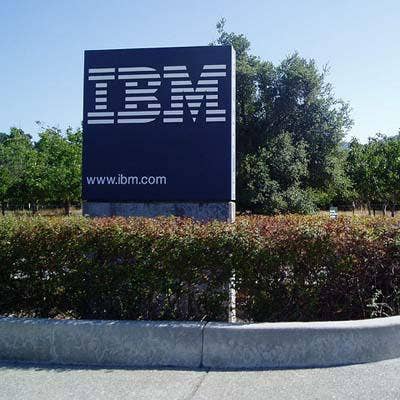
The Visionaries According To Gartner: IBM
IBM, which took its time to enter the market with its PureSystems integrated systems, has strong x86 blade server and middleware technologies that, combined with its own well-respected management tools and very good relations with third-party software vendors, makes it a visionary, Gartner said.
However, IBM's server business will change once the pending sale of most of its x86 server technology to Lenovo closes. Gartner also said there is concern that IBM may switch its technology focus away from the x86 platform toward its Power and System z platforms.
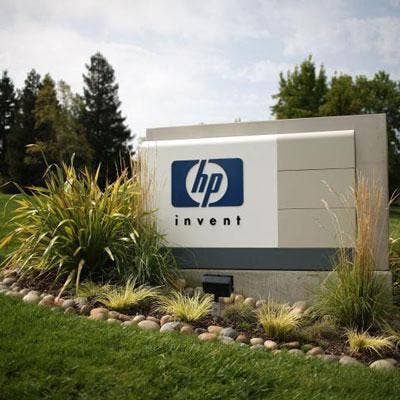
The Visionaries According To Gartner: HP
Hewlett-Packard goes into the visionaries category because of its industry-leading x86 server and its storage technologies combined with widely deployed management tools, Gartner said. The company can also leverage proven relationships with the like of SAP, VMware, Microsoft, Citrix and others.
Gartner said that HP has seen periodic customer satisfaction issues and local field execution weaknesses, and has a low conversion rate from customers of its blade servers to converged infrastructure.
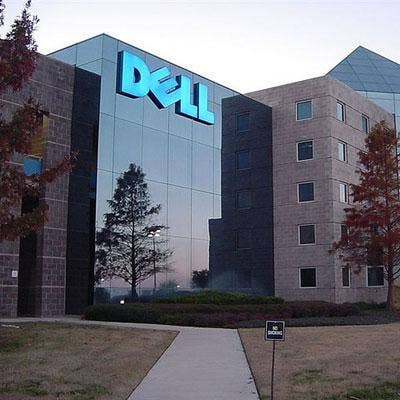
The Visionaries According To Gartner: Dell
While the new OEM relationship between Dell and Nutanix was not revealed in time to potentially be included in Gartner's report, Dell did make the visionary column thanks to its strong products with its PowerEdge VRTX and Active System offering, as well as good integration of Dell EqualLogic blade arrays for virtual desktop and analytics workloads.
Gartner tempered its view of Dell by noting that Dell has yet to show that its solutions portfolio is truly integrated with a common management system, and that Dell is not thought of as a provider of management software.
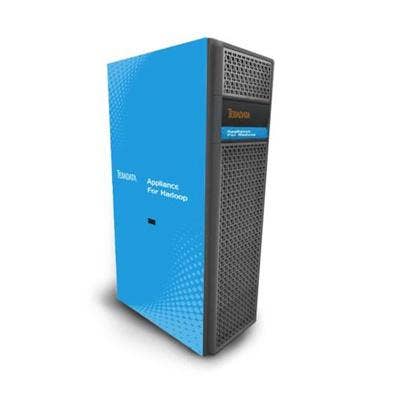
The Challenger According To Gartner: Teradata
Teradata, which integrates its enterprise data warehouse and analytics software with its x86-based technology, is a challenger thanks to a loyal installed base and the value-added nature of its offerings, Gartner said.
Its execution is hampered by the perception that its solution is expensive and addresses a narrow market for analytics, and by the increasing capabilities of open-source solutions, according to Gartner.
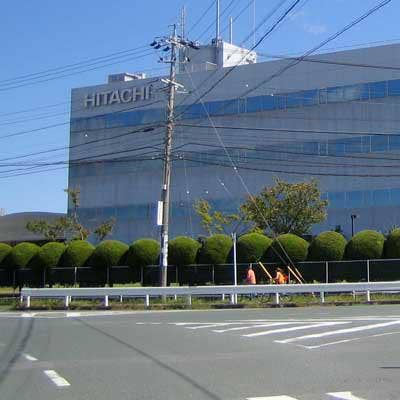
The Niche Players According To Gartner: HDS
Hitachi Data Systems, which combines Cisco and Brocade networking with its own server and storage technologies, has a strong technology base, along with strong relationships with vendors such as Cisco and SAP and the financial resources to grow its business, Gartner said.
However, HDS still has limited penetration in the U.S. server market, which impacts its ability to sell converged infrastructure in this part of the market. Gartner also said HDS runs could potentially compete with Cisco in storage, as well as run into channel conflicts with Cisco's other partnerships in FlexPod or VCE.
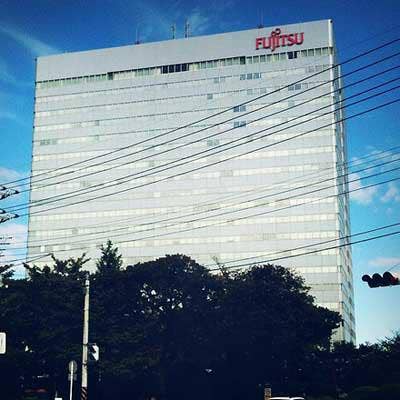
The Niche Players According To Gartner: Fujitsu
While Fujitsu has a wide range of integrated solutions, and has had good success in the Japanese and Western European markets, the company has had little success penetrating the North American market, Gartner said. Furthermore, Fujitsu's marketing capabilities do not match its engineering capabilities, Gartner said.
The Niche Players According To Gartner: Unisys
Unisys is relying on its mainframe heritage, where solutions are inherently integrated systems, in designing its Forward modular solutions, and has experience working in industries with stringent service-level agreement requirements, according to Gartner.
The company for now remains a niche player because its Forward solution has been on the market for only about a year, meaning it lacks a verifiable installed base and ISV support, Gartner said.
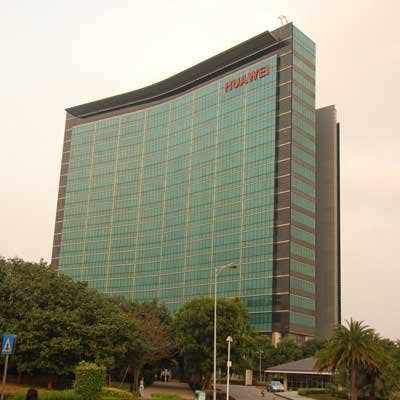
The Niche Players According To Gartner: Huawei
China-based Huawei has ridden its strong server, storage and networking technology to success in many emerging markets where it takes advantage of its channel programs and ISV relations to disrupt its larger competitors, Gartner said.
Those strengths are tempered by a weak market in a number of key Western countries including the U.S. cause by political suspicions of a company so closely tied to China. Huawei has also been challenged in its ability to integrate its technology with third-party technologies, Gartner said.